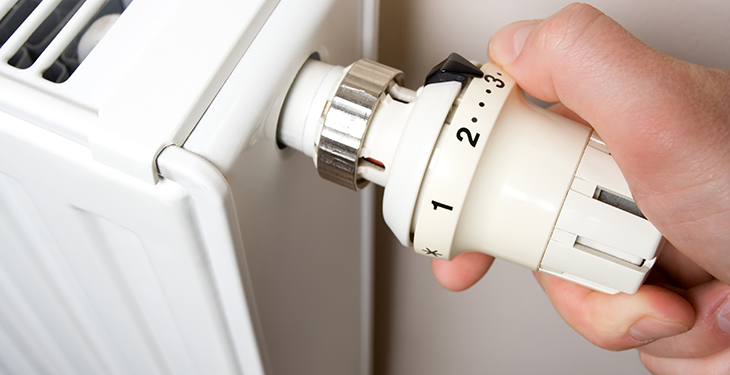The low volume of investments and repairs in the infrastructure of the Centralized Heat Supply System (SACET) leads to lack of continuity in heat supply and non-compliance with the quality parameters of the heat supply, according to an ANRE report on the state of the public heat supply service in centralized systems for 2019.
According to the document, heat and water losses and the number of technical failures are high compared to SACETs similar in size in other European countries, and the declining number of consumers reduces the efficiency of SACET, according to financialintelligence.ro.
Also, the substantial losses in the transmission and distribution networks (see the difference between the thermal energy produced and/ or purchased, of 14,080,217 MWh and the thermal energy sold, of 9,887,516 MWh) entail high supply prices, according to ANRE.
The ANRE report also says that the small number of existing cogeneration plants reveals the need for adequate information at the level of Territorial Administrative Units on the advantages of these plants and the use of financial sources provided by the Government through the District Heating Program.
From the data and information obtained by ANRE in the monitoring process, critical situations were also highlighted in some localities, which reflect non-conformities in the fulfillment of the legal attributions of ensuring the public heat supply service by the local public administration authorities.
At the end of 2019, 46 operators of centralized thermal energy supply systems from 51 localities, located in 29 counties, were active.
